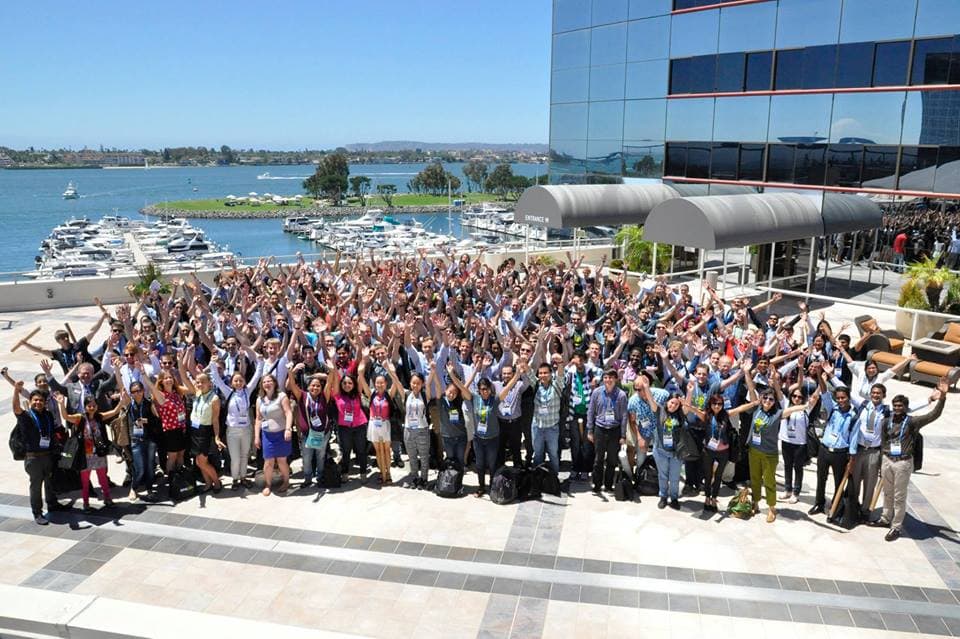Donate generously to help CE-an Amit Jha present his paper in San Diego
A big shout out to all proud members of the Crazy Engineers community! I am sure that all of you would be pleased to know that fellow CE-an Amit Jha's paper has been accepted for oral presentation at the prestigious SPIE Optics+Photonics 2017 conference, to be held in San Diego, CA, USA from 6-10 August. Most of you would understand that as an undergraduate student, this is something huge and very rare in India. Besides having a brilliant academic record, Amit is a former president and a founder member of the Techno India SPIE Student Chapter.
In this capacity, he has spearheaded many successful outreach programs such as the Liter of Light mission, the Foldscope project, and has also supervised technical events/guest lectures by eminent scientists from IIT, IISER, ISRO etc. He has utilised his technical acumen by designing several optical and renewable energy based models, capable of improving the quality of life, and has designed beautiful hand-made posters depicting his chapter’s activities. Amit has been deeply involved in his present research concerning the application of the matrix method in designing integrated photonics circuits, right from the second year of B.Tech.
His love for coding and expertise in computer simulation have helped him greatly in this project, and being able to attend the conference and present the paper will be a gift for his hard work and perseverance. However, coming from an economically challenged background, and with his college not ready to help him monetarily, his long cherished dream is still far from being fulfilled.
That is why I come to you, with a request to donate any amount you find suitable to this noble cause. Donate now at <a href="https://milaap.org/fundraisers/helpguardawish" target="_blank" rel="nofollow noopener noreferrer">milaap.org</a>.

In this capacity, he has spearheaded many successful outreach programs such as the Liter of Light mission, the Foldscope project, and has also supervised technical events/guest lectures by eminent scientists from IIT, IISER, ISRO etc. He has utilised his technical acumen by designing several optical and renewable energy based models, capable of improving the quality of life, and has designed beautiful hand-made posters depicting his chapter’s activities. Amit has been deeply involved in his present research concerning the application of the matrix method in designing integrated photonics circuits, right from the second year of B.Tech.
His love for coding and expertise in computer simulation have helped him greatly in this project, and being able to attend the conference and present the paper will be a gift for his hard work and perseverance. However, coming from an economically challenged background, and with his college not ready to help him monetarily, his long cherished dream is still far from being fulfilled.
That is why I come to you, with a request to donate any amount you find suitable to this noble cause. Donate now at <a href="https://milaap.org/fundraisers/helpguardawish" target="_blank" rel="nofollow noopener noreferrer">milaap.org</a>.
0


